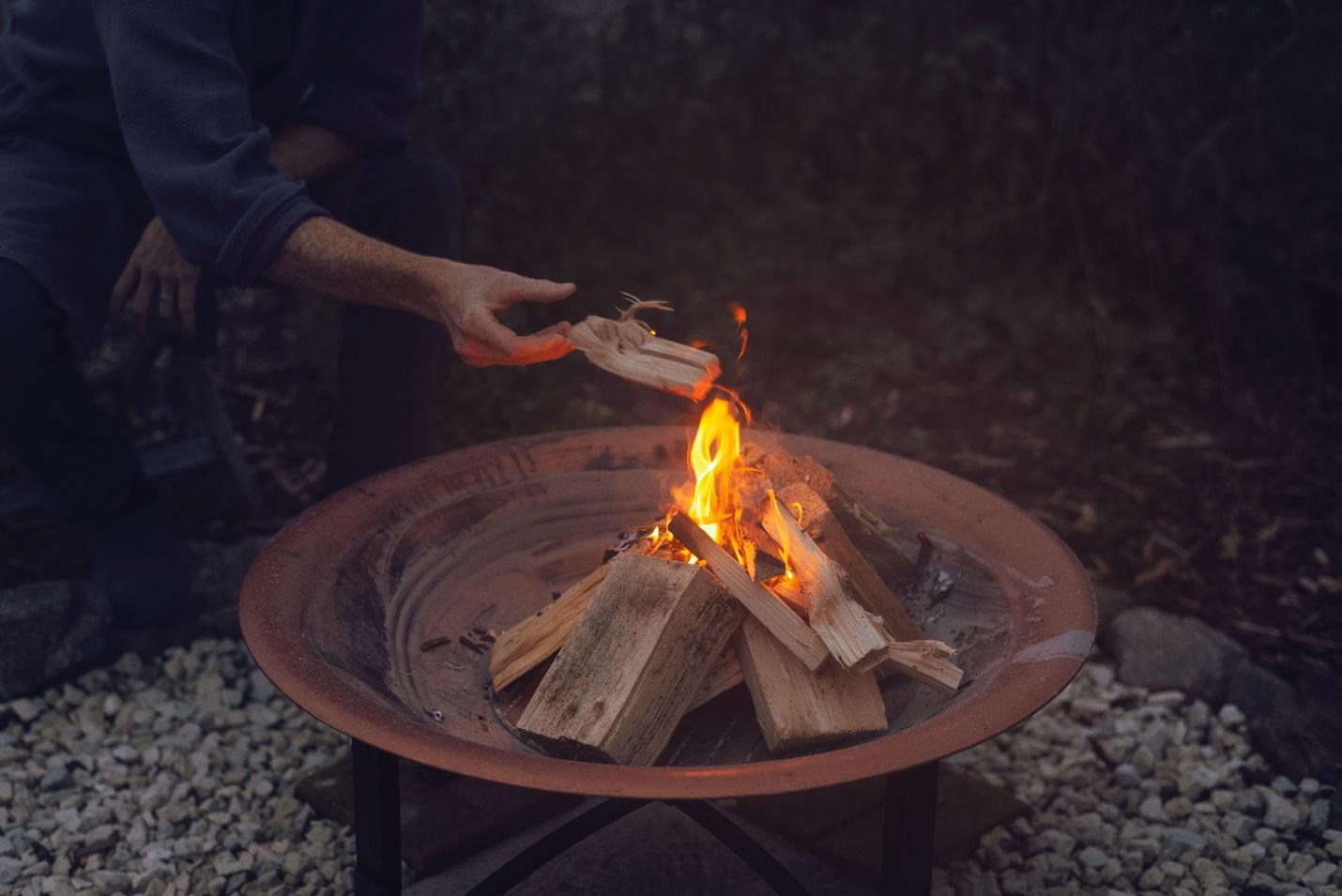A warm temperature can speed up the drying time of oil paint. Besides, pigments such as burnt umber, burnt sienna, Prussian blue, cobalt blue, and raw amber dry faster than colors such as cadmium, titanium white, alizarin crimson, sap green, and ivory black. Make sure not to keep your painting under direct sunlight as it can damage the pigment over time. Instead, keep your paint canvas upside down under warm sunlight or allow sunlight inside your room to make the room a bit warmer.
Fastest way to dry your oil paint
Choose the right kind of pigment
Start painting with quick-drying pigments before using slow drying mediums.
You can use a combination of fast-drying and slow-drying pigments. You can mix slow-drying pigment as ivory black with burnt umber or burnt sienna without any significant alteration in the color palette.
Pigments that dry faster:
- Burnt and raw amber
- Burnt and raw sienna
- Prussian blue
- Cobalt blue, yellow, and Genuine Aureolin
- Manganese violet, blue and black
- Chrome yellow and red
- Naples yellow
- Colors containing lead
Pigments that dry slower:
- Vermillion
- Cadmium colors
- Blacks
- Vandyke brown
- Alizarin crimson
- Zinc white
Use the right temperature
You should increase the surrounding area’s temperature where you are drying your painting. Instead of drying it completely exposed, place it in a cardboard box to keep it safe from dust and debris. It helps if you identify your painting in warm surroundings such as:
- Place the painting inside the car’s trunk parked in a hot environment
- Place it on top of the refrigerator
Use heat methods
Exposing your paintings to heat can makes them dry faster. The general rule of thumb says the higher the heat, the faster the paint dries. However, you must stay very careful as exposing oil painting directly to heat will damage the color, such as causing yellowing or cracking. Balance and precision are the keys here.
Sticking it in the window on a warm or sunny day remains a safe way, but not when the sun is at its high. Another way to do this is to increase the temperature of your thermostat and leave the paint overnight.
Some painting panels come with heat-activated glue. In such cases, you just need to adjust the temperature from time to time. The glue may melt away in extreme temperatures, separating your canvas from the painting panel.
You may also use a heat gun to dry your oil painting, but keep the setting under 130 degrees Fahrenheit. Kindly ensure not to bring the gun way closer to the painting. Always keep it several inches away and better if you dry it from the back of the canvas.
Apply oil in thin layers
The chemistry of oil paints starts to change when exposed to air, allowing them to dry through a process known as oxidation. A thicker paint takes longer to dry compared to thinner alternatives. Therefore, using thinner oil paints could be a wise choice.
While thinners are widely used, you can also go for other thinning agents like dryers and oils. Some fast-drying oil mediums include linseed oil, walnut alkyd medium, liquin, and Galkyd. You can mix them with our oil paint to speed up the drying process. To dry it fast, you can use a thinner such as odorless mineral spirit or turpentine for the first few layers of your painting.
Oil mediums like poppy seed oil have the slowest drying time, while the drying time for safflower oil is moderate.
You can also use methods like tube consistency, where you manually thin the paint by scrubbing it aggressively on the canvas without using any thinners.
In most cases, the initial layers of paint take longer to dry. You can use thinner and less oil medium on the lower layers while thicker and more oily mediums on the upper layers. This helps the bottom layers to dry before the subsequent layers.
Add dryers as Galkyd or Liquin
Dryers such as Galkyd and Liquid are chemical drying agents that you can on subsequent layers of paint to help the paint dry faster. You should not use dryers on the initial layer as they comprise the base of petroleum distillates. Therefore, these chemical agents act like oil and should be used according to the ‘fat over lean principle.’
Use Linseed Oil-based paints only
Linseed oil dries faster than safflower, walnut, and poppyseed oil. You can go strictly for linseed oil-based paint oils. However, they may not be available for white and cool color tones. This is because linseed oils tend to yellow as it dries. So, some manufacturers use safflower oil or walnut oil in their pigments. Therefore, always check the type of oil used in the paint.
You can also mix alkyd paint with your oil paints. Although they are not quick-drying acrylics, they usually dry within a day. What makes them better is that you can mix alkyds with slower drying colors like whites and cadmium. Then stick to your usual linseed oil paints for the rest of the colors.
Paint on the suitable canvas
Various types of canvas are available for a painting featuring different quality fabrics with unique characteristics.
Lead-primed linen
Painting on a lead-primed linen canvas gives you a premium experience t. These canvasses cling easily to wet painting, making them great for wet painting. They are non-staining and non-absorbent. As a result, you can completely wipe the paint off the canvas to try anew. Above all, lead-primed linen dries much faster than regular titanium-primed canvasses.
Note: lead-primed linen canvases are expensive and not readily available. Besides, they tend to get yellowish compared to their titanium counterparts.
Alkyd-Primed Surfaces
Alkyd-primed surfaces are super absorbent that soak the paint quickly, allowing it to dry off in less time compared to titanium and lead-primed surfaces.
Gesso-primed surfaces
A traditional gesso comes with a rigid surface made with rabbit skin glue. Due to its brittleness, you must use it on wood panels or something stiff.
Acrylic gesso, on the hand, is simply acrylic primer and can be considered a true gesso. A glue-chalk gesso-primed surface is more absorbent and helps oil paint dry easier.
Paint the initial layers with acrylics
While it may not significantly speed up the drying time, it can cut a heavy chunk of hours from the entire painting period. Painters often paint using the layering process, which allows them to establish color and value masses. Instead of using slow-drying oils, use acrylics to set up the colors and values before using oil paint for your final layers.
This process also helps minimize ghosting, which often happens after layered oil paints dry out. It also goes with the ‘fat over lean’ and ‘thick over thin’ rule, as your initial strokes will be thin with no oil at all.
Factors affecting the drying time of oil paints
Wrong combination: if one of the above approaches is not working, it may be due to a bad combination of variables. For example, if you paint on an absorbent surface, the painting is not drying faster. There might be a chance you have painted using a pigment that takes longer to dry, such as cadmium or vermillion. Moreover, it may even take longer if the paint contains safflower or poppyseed oil.
Brands: Some brands come with additives, which can affect the drying time of the color.
Age of the paint: A new paint tube will dry slower than a tube that has been opened or stored longer without proper sealing. There is a chance the tube is already exposed to oxidation before it gets to you. As a result, the paint will dry faster, and you may feel it stiffer for blending.



